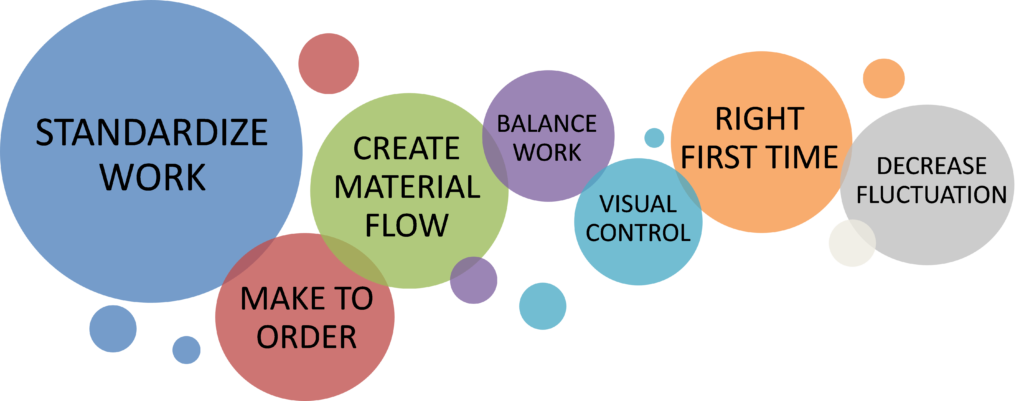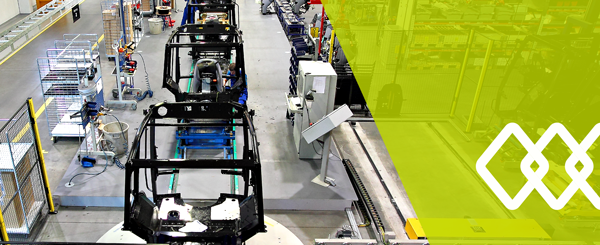MSK Cabins has been doing intensive work with LEAN and flow efficiency during the last few years. This has resulted in us being the most cost-effective cabin production unit in Europe. Flow efficiency is definitely neither only waste management, as many companies seem to think, nor rocket science. It really is simple things such as common sense, mutual respect and transparent processes, but it also requires a lot of determination. Let me introduce you to the topic with the best practices and great results from MSK Cabins’ LEAN journey.

Step 1 Standardize work
This is maybe the most critical and important step which is often neglected. You cannot control and optimize chaos. Standardized work includes work instructions, fixed layouts, standard robust tooling, 5S and in MSK’s case methods-time measurement. We have actually split our work into 1 millihour blocks of which all work phases and work modules consists. After standardization we apply Kaizen and PDCA at all levels.
Step 2 Make to order
Produce only according to customer orders to avoid over production. Use mass customization if applicable. By material supermarkets and kitting, just-in-time production can be achieved. This helps you to control the raw material and finished goods stock levels and working capital committed.
Step 3 Create material flow
Production costs and lead times are results of the amount of work in progress and throughput. Decrease internal buffers to find bottlenecks and to reveal problems.
Consider the whole production chain as a system; your lowest throughput is your bottleneck. Investment in non-bottleneck process steps does not increase the capacity of the system.
Step 4 Balance work
Balance work load within stages and between stages to increase throughput. Exact work time analysis allows us to balance the takt-time production line with high productivity. Build a culture in which operators can change process stages to increase the throughput of temporary bottlenecks.
Step 5 Visual control
Apply visual controls to reveal problems and prevent them from hiding. Favour manual markings made by operators on the daily management white boards. Build simple and clearly marked max/min buffers and storage places. Use Kanban where applicable and start Gemba-walks.
Step 6 Right first time
Do whatever is necessary to make sure that work is carried out in the right way the first time and every time. All re-work is a waste of time, money and resourses. Start the work right from the drawing board. Train your engineers in the secrets of Design for Manufacture and Assembly methodology.
Step 7 Decrease fluctuation
Use only reliable, robust and user-friendly technology. Fluctuation of processes can be dealt with either through buffering and over capacity or reduction of fluctuation. Take a six sigma approach. Good tools for fluctuation elimination are FMEA, root cause analysis, regression methods and SPC.
All together now
In the last chapter of this whitepaper it is clearly stated and pointed out, that real LEAN transformation and flow efficiency can only be achieved by doing things together. It requires change to the traditional line organization mindset and must be built into the organization culture of the company on all levels. It reflects in early involvement, high respect and appreciation.



